Content by David Karki
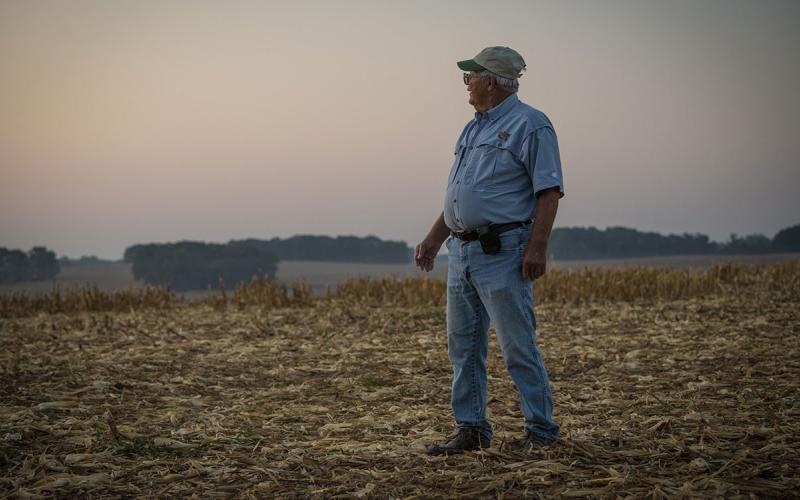
Farming Practice Comparisons in South Dakota: A case study across the fence and implications for the future
This extension study intends to provide some new insights on the financial and carbon storage comparisons between neighboring farms using conventional farming versus conservation practices (mainly no-till and cover crops).
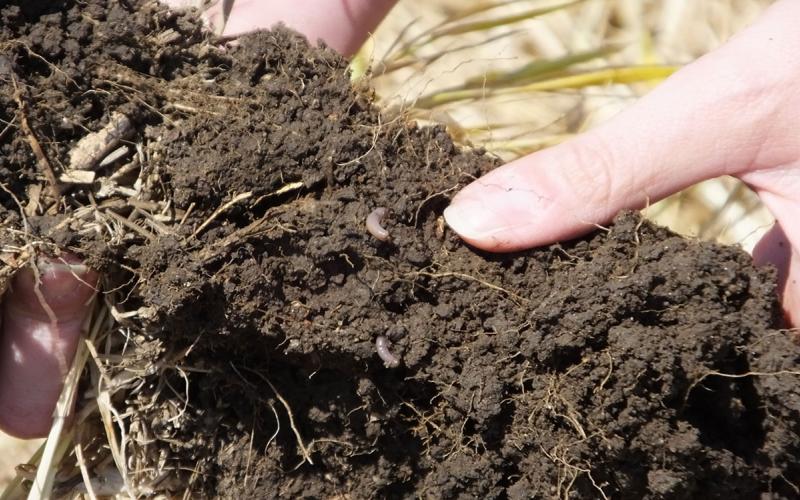
What Makes Up a Healthy Soil?
Healthy soil has strong soil structure that stays together whether it’s wet or dry. Learn about the many components that combine to make soil healthy.
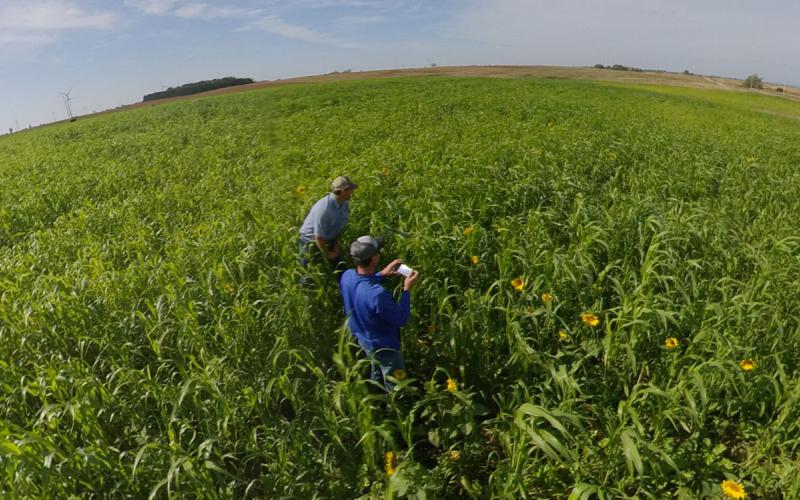
Does the COMET Carbon Model Address Soil Health Principles?
The COMET-Farm model, developed by USDA/NRCS and Colorado State University, is a whole farm and ranch carbon and greenhouse gas accounting system. Learn how it addresses the Five Soil Health Principles.
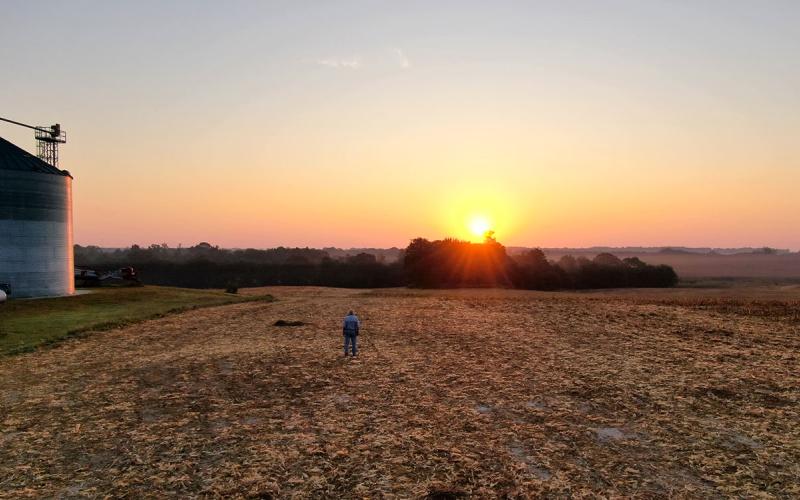
Does the GREET Carbon Model Address Soil Health Principles?
Learn how the recent Greenhouse Gases, Regulated Emissions, and Energy Use in Technologies (GREET) production model lines up with the Five Soil Health Principles.
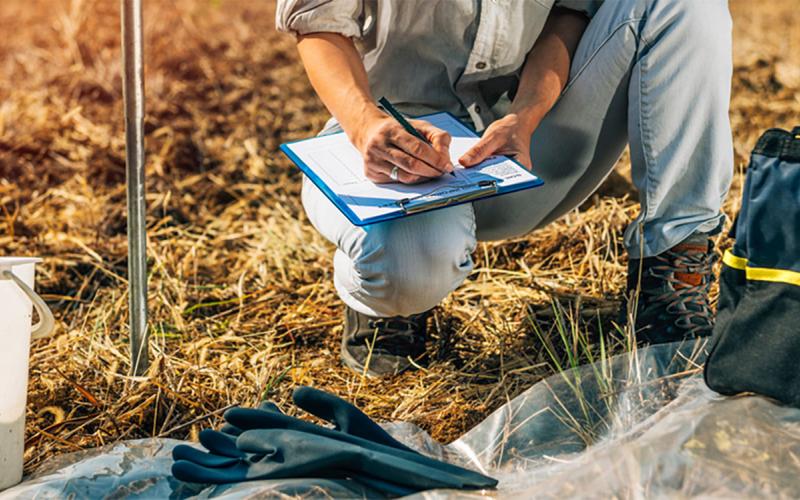
Soil Carbon Cycle and Laboratory Measurements of Carbon Related to Soil Health
Carbon is one the most-important elements in agricultural soils. Take in-depth look at how carbon is understood, measured, and managed to benefit soil health in agricultural production.
South Dakota State University Northeast Research Farm to host Field Day on July 13
June 21, 2023
The South Dakota State University Northeast Research Farm Field Day will be held on July 13 at 4 p.m. and will run until dusk.

Assessing Winter Wheat Stands
After long, tough winters, producers often have concerns about winter wheat stands. Learn some tips for assessing plant stands and deciding what to do with your wheat plantings this spring.
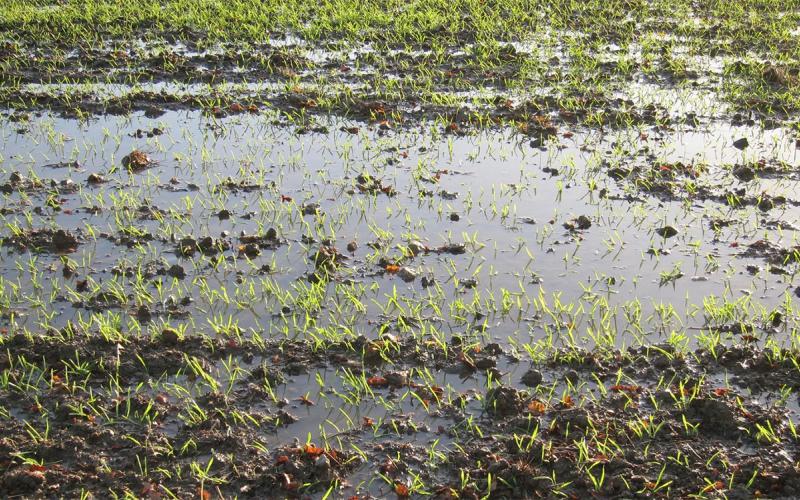
Effects of Spring Flooding in Winter Wheat
Every winter, growers are curious if their winter wheat will survive the winter. Learn some key factors that determine plant survival along with tips for assessing your fields this spring.
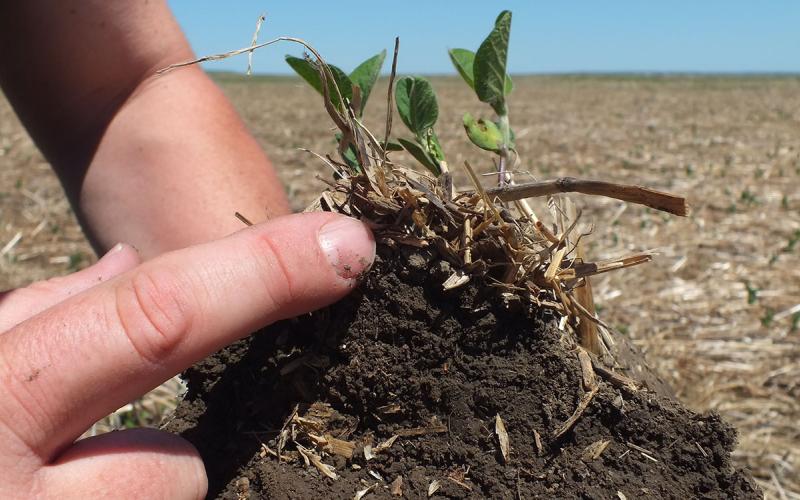
Biological Agronomy
Biological agronomy is an adaptive soil management system used to build soil microbiology through intensive regenerative practices that increase carbon and nutrient availability for profitable crop production.
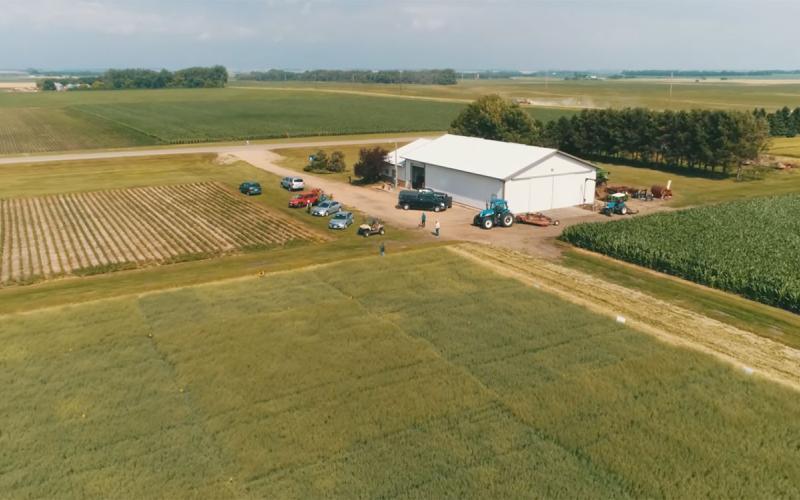
South Dakota State University Northeast Research Farm to Host Field Day July 14
July 07, 2022
The South Dakota State University Northeast Research Farm will host its annual field day on Thursday, July 14, at 4:30 p.m. CDT.